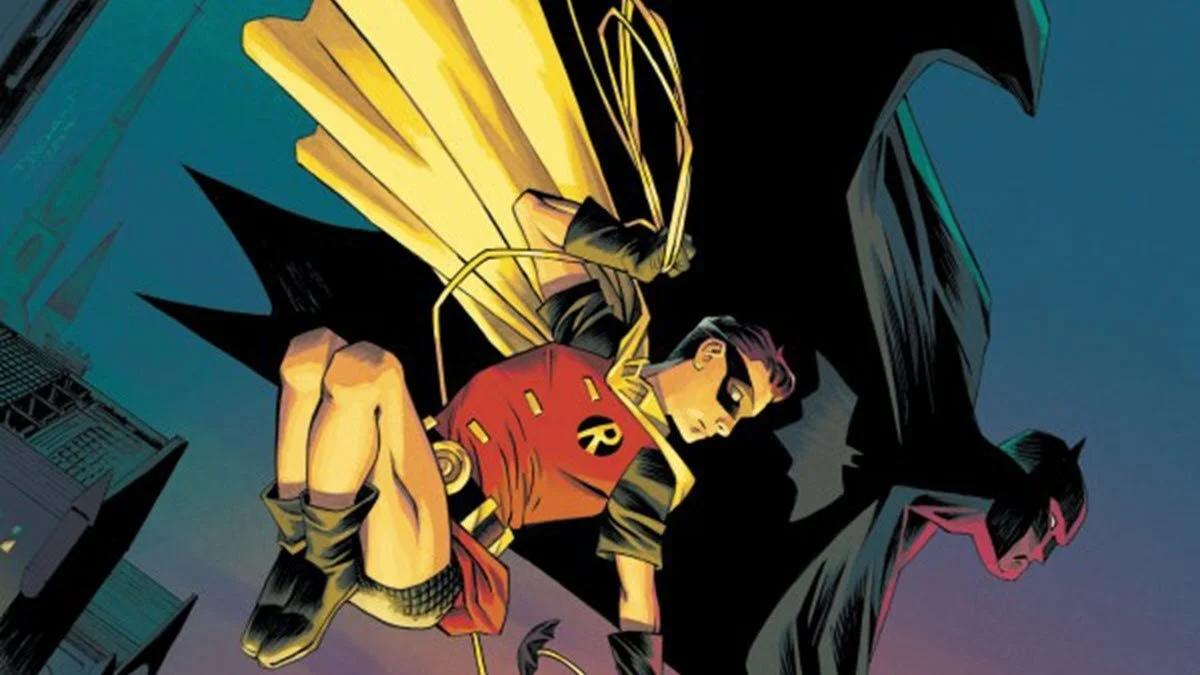Guy Ritchie takes on the feature-length “Hercules” based on the studio’s cartoon of the same name, released 25 years ago, and the sensational “The Little Mermaid” starring Halle Bailey will hit theaters next year. This, of course, isn’t the first time Disney has rethought children’s stories in adult fiction films—Angelina Jolie and Maleficent, Lily James and Cinderella, Emma Watson and Beauty and the Beast, and other films have made it to the studio’s list. projects. Until the Lion King. True, they do not always pass the test of the audience’s love of classic cartoons (this is an exception to the rule, not the rule) – including bold decisions regarding the adaptation of the plots to modern realities. For example, Joe Russo, co-producer of “Hercules” and writer of the latest “Avengers,” stated in an interview with Variety that Guy Ritchie’s “Hercules” would be “experimental and TikTok-inspired” and that she is a black actress. The same “Little Mermaid” and the singer were invited to the main role, which caused a commotion on social networks. However, Disney classics—the cartoons they like to compare feature films to—often shy away from the literary originals. And here is the proof.
“Snow White and the Seven Dwarfs”
The Brothers Grimm’s original fairy tale from 1812 isn’t as good as Disney imagined it would be. Episodes from the cartoon (by the way, the studio’s first full-length cartoon), for example, were removed when the stepmother, who learned that Snow White was hiding in the forest, came to her in the guise of different people. sultry lace for a dress and a poisoned comb. And the line of love that saves the princess’s life has completely changed: according to the plot of the fairy tale, the prince once exchanges Snow White’s coffin with gifts for the dwarves, but on the way the servants drop her and a piece of poisonous apple pops out of a Main character’s throat.

And the line of love that saves the princess’s life has completely changed: according to the plot of the fairy tale, the prince once exchanges Snow White’s coffin with gifts for the dwarves, but on the way the servants drop her and a piece of poisonous apple pops out of a Main character’s throat.

Yes, there was no true love kiss that resurrected Snow White, just as there was no accident with her stepmother – as the tale says, the queen appeared at her stepdaughter’s wedding, where she was forced to dance red as punishment. -Hot iron shoes to death.
“Cinderella”
In fact, this Western European fairy tale is known from two major editions by Charles Perrault and the Brothers Grimm. And if the original plot is practically indistinguishable from the cartoon released in 1949, then in the Brothers Grimm version you can find many significant differences with the film adaptation.
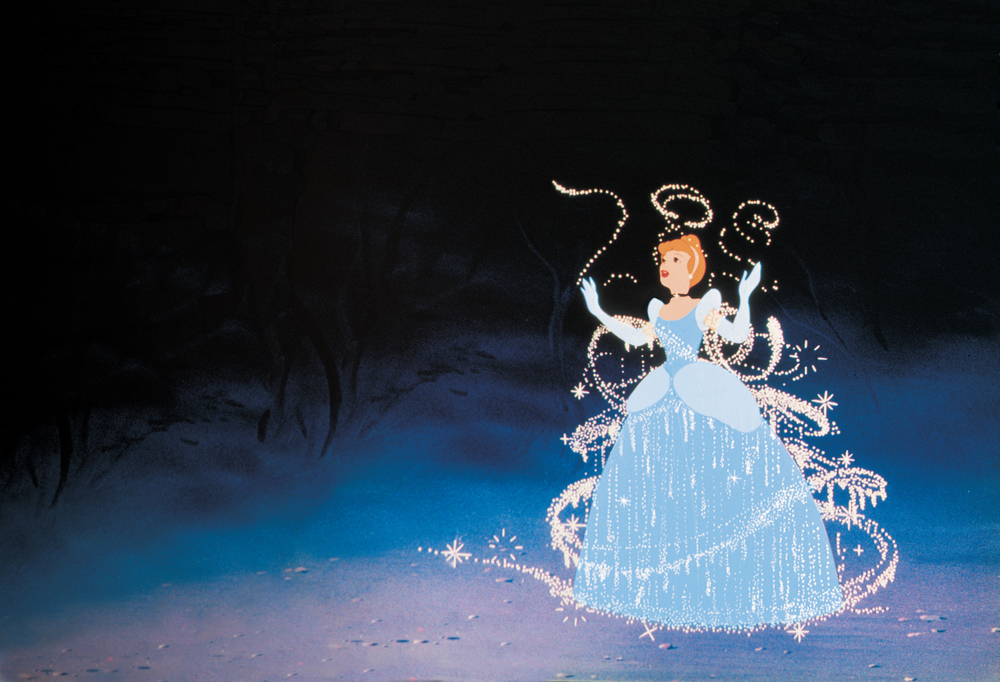
For example, in his fairy tales there is no fairy, and instead there is a tree with magical powers growing on the tomb of the princess’ mother: “Cinderella came to the tree three times a day, wept and prayed. ; and each time a white bird flew into the tree. And when Cinderella expressed a desire to her, the bird threw her what she wanted.
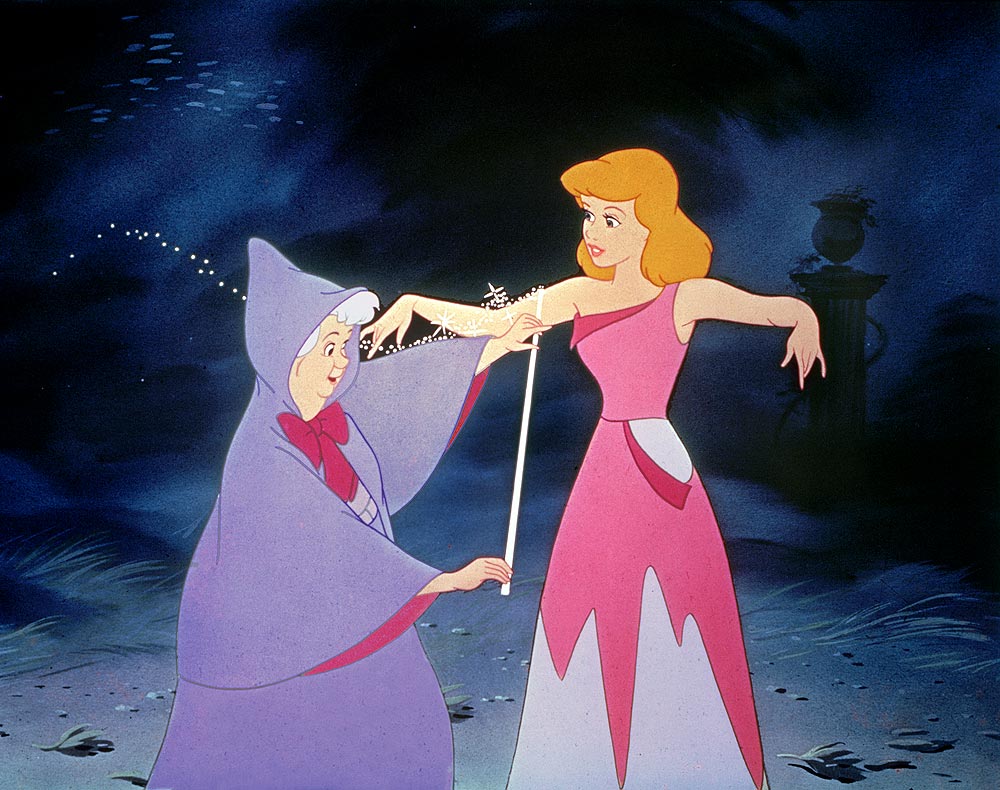
For example, in the tree, the main character wants a dress for the ball, and on the third day of their meeting with the prince, she loses her shoes (not crystal, but gold) due to the cunning of the heir. wood that smears the stairs with resin. The cartoon also doesn’t include a scene where one of Cinderella’s sisters cuts her toe to put on shoes and the other’s heel falls off, as well as the episode where pigeons from the royal wedding peck at the sisters’ eyes: “So they’ve been punished for their blindness and cunning all my life.”
“Sleeping Beauty”
The textbook version of this traditional European tale is considered to be Charles Perrault’s version, published in 1697. And, for example, we are not talking about the kiss of true love – only the curse of the evil fairy will be valid for a hundred years, after which the spell will fall and the princess will wake up from sleep.
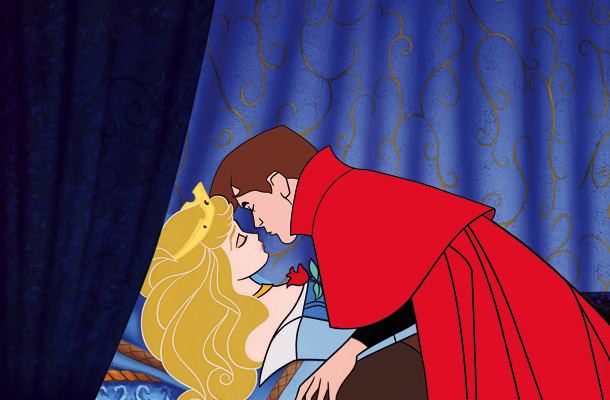
So according to the plot, it happened, and the Prince, by lucky luck, ended up in the enchanted palace at the moment when Sleeping Beauty woke up. The cartoon is also silent about the prince’s mother, a cannibal who plans to eat his own grandchildren and his son’s wife, but cannot bear his own shame and throws himself into a burning cauldron.
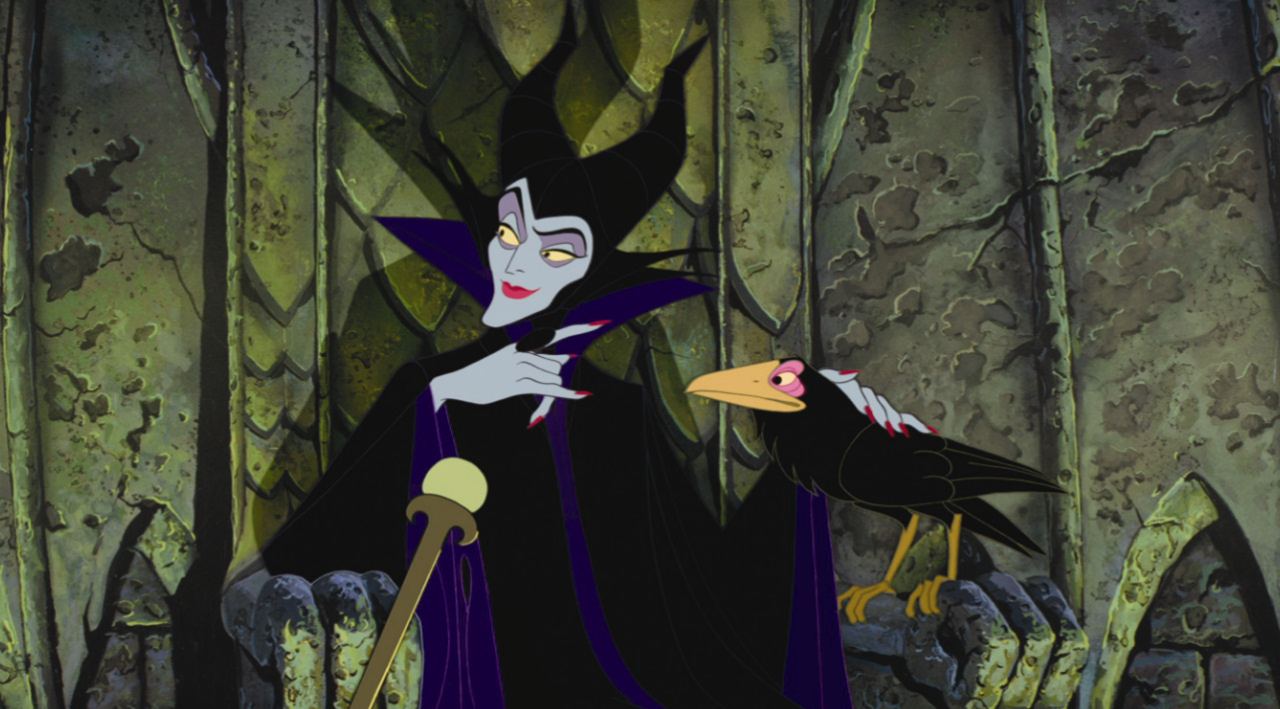
The lesson at the end of the story is this: No girl sleeps for a century waiting for her son-in-law who has a title and fortune.
“Mermaid”
Hans Christian Andersen’s world-famous fairy tale in its original form is not a good story about the power of love at all. Fiction says that the wicked witch, who gave the Little Mermaid human legs in exchange for her voice, set a condition for the princess: first, she could never go back to the sea again, and second, every step would be taken. Accompanied by pain, as if walking on sharp swords, the third will be able to gain an immortal soul only after a kiss of true love (what the Little Mermaid so strives for in the plot of the fairy tale). Otherwise, if the prince marries someone else, the Little Mermaid will die of a broken heart and turn into sea foam.

But Hans Christian Andersen does not leave his hero a “happily ever after” chance: the prince’s father orders his son to marry the daughter of a neighboring king, and his fiancee becomes the same girl who saved him. storm (in fact, of course, it was the Little Mermaid who helped the prince get ashore and left him in the temple, but he was unconscious and does not remember her).

Yes, the prince falls in love with another and marries her, but instead of death, the daughter of the king of the sea becomes one of the so-called daughters of the air – because he is trying with all his heart to get an immortal soul. By the way, the first edition of the tale ended with the death of the Little Mermaid.
“Mulan”
The cartoon about Mulan and her devotion ends on a happy note: the main character wins the war, and the general wants to marry her.

But in the original Chinese poem “Song of Mulan” written in the 6th century, he actually loses the war and the enemy khan leaves him alive on the condition that he live with him.

Of course, Mulan runs away, but when she gets home she learns that her father has died and that her mother has remarried. Finally she says: “I’m a woman, I’ve survived the war and I’ve done enough. Now I want to be with my father.” And he commits suicide.
“Rapunzel”
Disney had to work hard to smooth out the Brothers Grimm’s original literary work.

First, Rapunzel was the daughter of the villagers, who, according to the plot, exchanged her with a sorceress for a plant (called Rapunzel). Secondly, when the prince appeared on a high tower in the middle of the forest, the main character’s stepmother cut off her stepdaughter’s braids and drove her into the bush and blinded the prince.
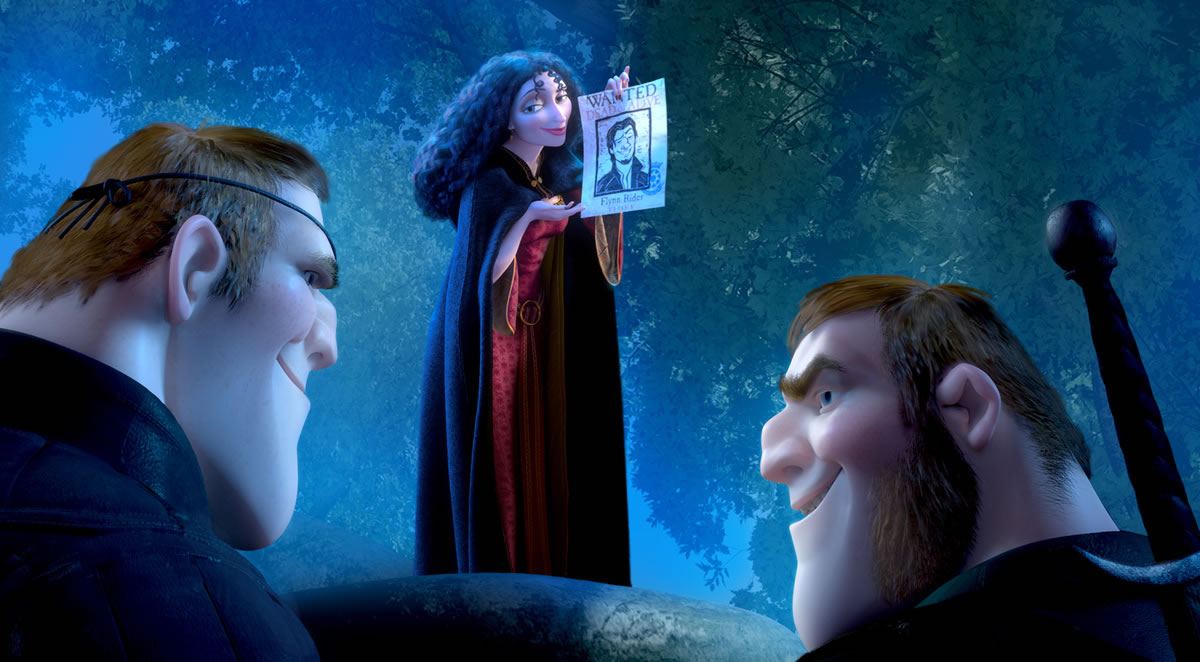
So, by lucky chance, she had to wander through the woods until she met the children Rapunzel gave birth to far away from her. But there is still a happy ending: Rapunzel’s tears heal the prince, taking his wife and children to his kingdom.
Source: People Talk
I’m Roger Gritton, and I’ve been writing for the The Fashion Vibes for over 5 years now. My specialty is beauty news; I’m passionate about covering the latest trends, products, and innovations in the industry. In my time there, I’ve become known as an authority on all things beauty-related.
I love discovering new experts to interview, researching up-and-coming ingredients and techniques that are making their way onto our beauty shelves and highlighting people who are making a difference in the world of cosmetics. My work has appeared not only on The Fashion Vibes, but also several other publications including the New York Times Magazine, Allure Magazine and Refinery29.



